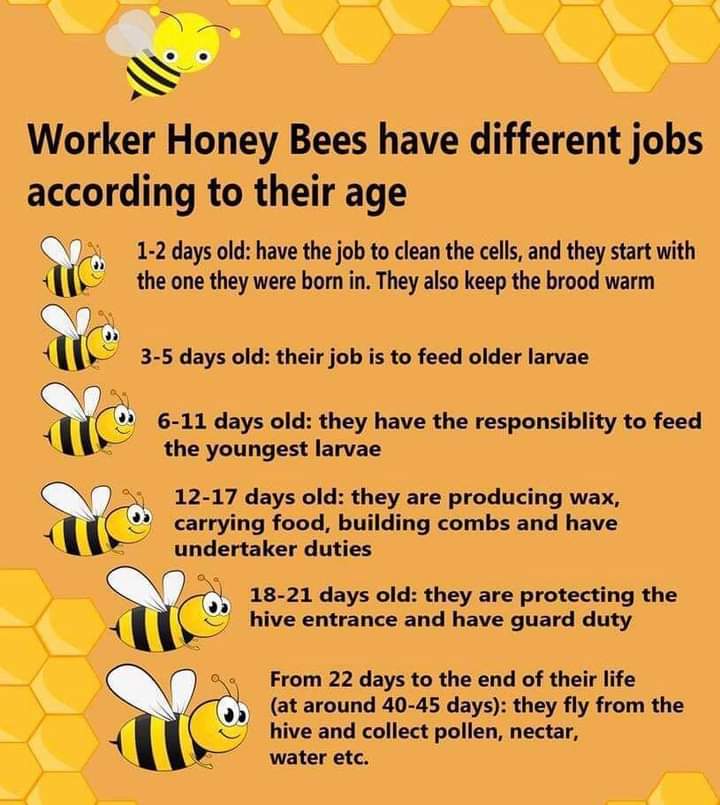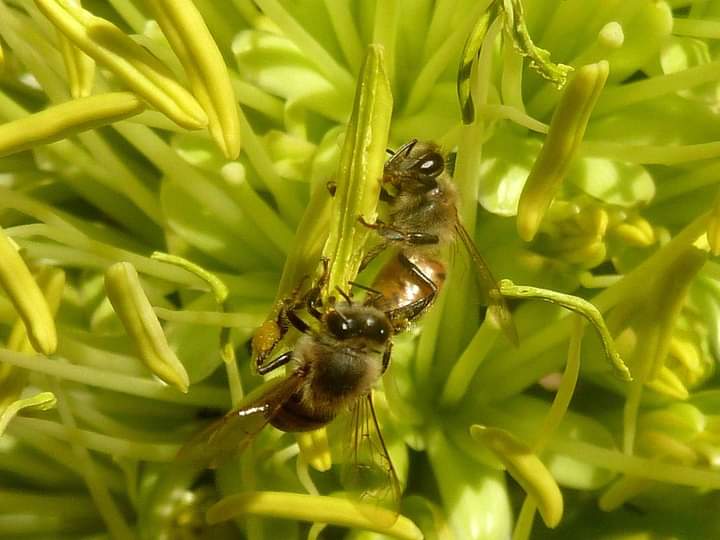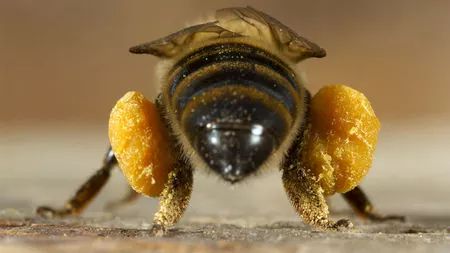
The East African lowland honey bee also known as the African bee is a subspecies of the western honey bee. It is native to central, southern and eastern Africa, though at the southern extreme it is replaced by the Cape honey bee.

African honey bees are more aggressive than the European honey bee. But they showed aggression as the children were too close to the beehive (previous post’s story), and they were in ‘protection mode’. Bees do not attack just because they are aggressive — bees are actually not aggressive and will peacefully fly around your garden, sometimes whizz right passed you or hover near you without stinging — they only act aggressively in defense, defending their hive and colony.
Dragonflies do eat bees, so they are a predator, but the main reason why the bees stopped and turned back instead of pursuing the children is because wild bees are territorial and that was likely their border, if they crossed it, it would take them too far away from their hive.

Please remember this:
When you find a hive, please do not empty out all the honey. Beekeepers know the reason why they need to leave some of the honey… Always leave enough for the bees. The honey is their food. During the average winter months, bees do not hibernate, they bunch together and flap their wings. This warms their hive, and to do this, they need a lot of energy. Food.
The honey is their food, they spend many months collecting and storing honey.

